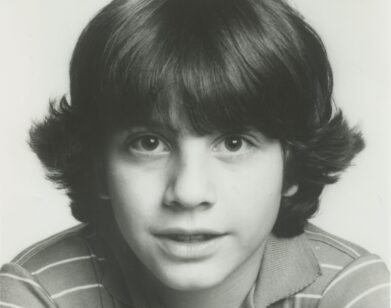Kenny Scharf Looks Back On A Life of Making Boring Objects Brilliant
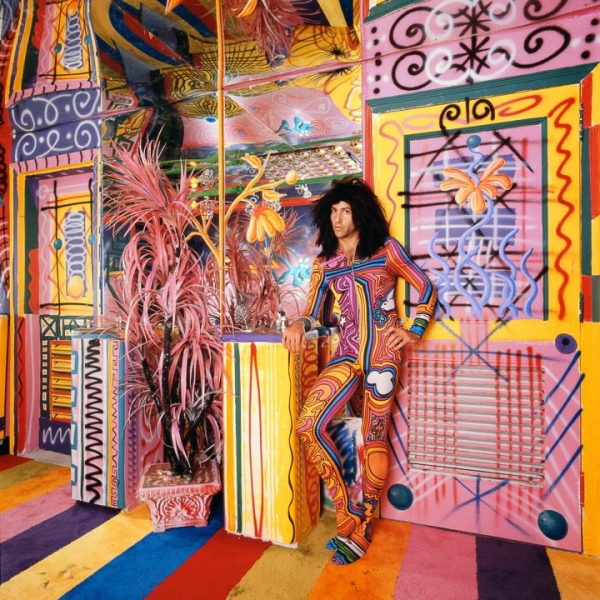
To see the world through the eyes of the iconic pop-surrealism artist Kenny Scharf is to travel to another dimension where phantasmagoria and Hanna-Barbera cartoons reign supreme. Kenny first rose to prominence during the mythic East Village art scene of the 1980s, alongside contemporaries Keith Haring and Jean-Michel Basquiat. His paintings, which bridge the gap between fine art and popular culture, often seem to embody our dreams of a dazzling future, rife with space travel, aliens, and the piercing nostalgia of the Jetsons. Yet, despite their psychedelic nature, these ethereal creations, which frequently contain images that refer to nuclear war and environmental issues, reflect a darker side of the human experience.
Rarely do we invite art to mingle with the minutia of our most commonplace appliances; as a result, the technological wonders around us more often than not appear un-inspiring and utterly dull. This lack of imagination baffles Kenny Scharf, who in addition to painting, is notorious for his experiential installations and wild customizations, which see commonplace appliances made over to resemble the cartoonish creatures of his faraway galaxy. He adorns these objects with everything from acrylic murals to rhinestones and toys. One might say that ridding the world of monotony has become a battle cry of sorts for Scharf, whose beautified appliances inject a much-needed dose of wonder and whimsy into our daily lives. In celebration of this lifelong mission, we’ve asked Kenny to give us a glimpse into his dream world and share a few cherished memories about his much-lauded customizations, from his pet vacuum to the Palladium pay phones.
———
VAN CHROME MANICURE SET, 1981
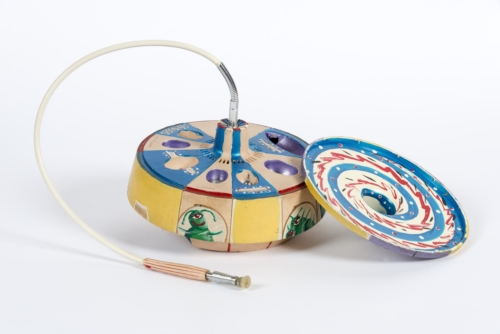
“This is from my first or second show that took place at this night time art space called Club 57. We used to have these one night shows and I was so excited, because Keith Haring brought Mera Rubell, who was the first person in the art world to take an interest in my work, and I got to give her a manicure with this manicure set… I really did, I plugged it in, giving her the full treatment. At the time the price for the piece was fifty dollars and she didn’t even buy it! [Laughs.] Subsequently they never purchased any of my work, because one of their mottos is that they only buy really early. So I guess fifty dollars was too much of an investment.”
———
ANSWERING MACHINE, 1982
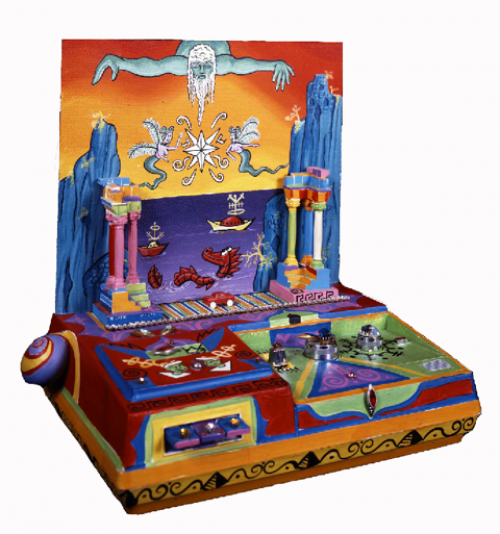
“I was customizing all these broken appliances that I’d find in the street, and then one day I decided, why only do broken ones? I should do ones that are still working and then it’ll be even more transformative. So I did my answering machine, and it is true that the mundane becomes very different when you’re using these customized Van Chrome appliances. Inside the machine was a little audio tape and many years later, when the piece was included in a group show at a museum, I listened to the recordings, and there was a message from Keith Haring. It was very bittersweet and really touched my heart.”
———
VACUUM, 1982
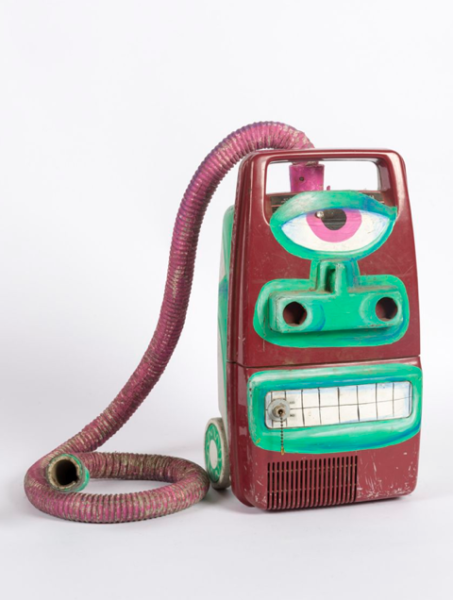
“So that vacuum cleaner was my pet and her name was Cheeki. We used to take her for walks when I lived near Bryant Park back in 1981. Keith Haring was my roommate at the time, and that’s when I first started customizing broken appliances, which I would find on the street and bring up to my apartment. I just liked the idea. It was kind of similar to how the Flintstones had their pets as appliances. So, I took this vacuum cleaner, made it into my pet, and then would actually take her for walks on a leash. It was really fun. One day I took Cheeki for a walk in the Garment District, where guys would regularly run around with clothing racks and pieces of plywood on wheels, and I remember one of them suddenly stopped and looked Cheeki and I over, then our ‘pets’ sniffed each other, and we just kept going.”
———
ULTIMA SUPREMA DELUXA, 1984
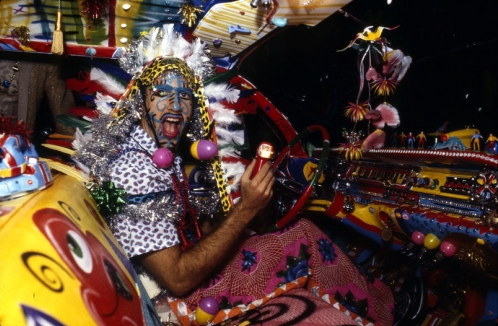
“The Ultima Suprema Deluxa—wow, that car was just wild. It’s so crazy to think about, why are all cars so boring? Why are all telephones, and TV sets, and all these appliances that everybody uses so dull? Why can’t we make them more fun and individual, and put some fantasy into our daily lives? So that when you drive around in that Cadillac, there’s no way you’re not going to be flipping yourself out and everyone else around. In fact, there’s a picture of me wearing a Native American headdress driving the Ultima Suprema Deluxa that was in one of the early incarnations of the Halloween parade, going to the Village. Actually, there’s a book that was published back then in ’84 about the Halloween parade, and I’m on the cover! My favorite part is that it’s just a random picture they chose, without knowing who I was or anything.”
———
PALLADIUM INSTALLATION, 1985

Photo by Tseng-Kwong-Chi.
“Palladium was a nightclub that was taken over and redesigned by Steve Rubell [the Studio 54 founder and the cousin of Mera Rubell]. Keith Haring, Francesco Clemente, Basquiat, and I all had projects at the new Palladium. So my idea, because I love to customize working objects, and back then we didn’t have cell phones or anything, was to redesign the pay phones. It’s nice that I took pictures because after the first night they got ripped to shreds, literally. All the dinosaurs and jets were just ripped off. I was wearing a Stephen Sprouse psychedelic jumpsuit. I don’t know what this photo shoot was for, but I was really having fun with being 20something, and people wanting to take my picture, dressing up, and being crazy.”
———
WHITNEY BIENNIAL INSTALLATION, 1985
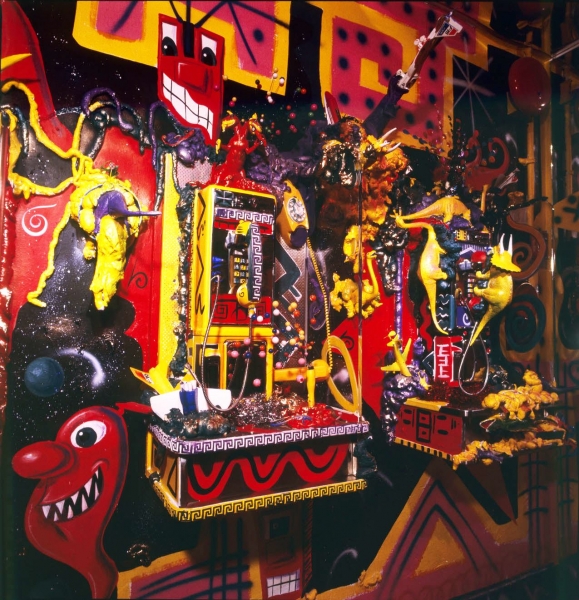
“Okay, so this picture is from the Whitney Biennial. Nowadays people think it’s really cool to have artists acting out, doing drugs, and dancing a lot while they’re installing in museums, but back then, it wasn’t really looked upon the same way. This was in 1985 before we had cell phones, so I decided to set up shop in the phone booths and gave everyone I knew the number. I would be there at three in the morning with blaring music, and we would just be going nuts putting this show together with people calling, coming in and out. There was weed being smoked, and probably also other drugs circulating. It was fun. I remember friends would call and say, ‘Hello, who’s there?’ And I’d answer, ‘Oh its Keith, I’m here with Andy.’ And then Andy [Warhol] would come up; it was just such a scene. I think they were freaking out because it was kind of like a nightclub in this stodgy museum, but now that’s what all the museums want. Back in the day though, I don’t think they were really ready.”
———
LUNA LUNA, 1987
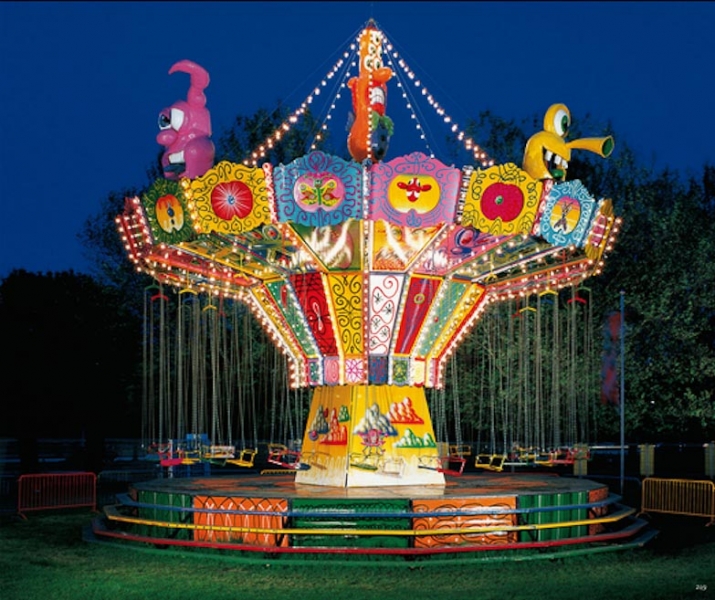
“Luna Luna was this art park back in ’87, and if you look at the picture, everything there was hand-painted by me, even the sculptures. When I did this project, there were a lot of other amazing artists that also participated. Not only did it include Keith Haring and Basquiat, but also David Hockney, Lichtenstein, and even Dali. It was this crazy art rides theme park, and it was supposed to tour around the world. I spent about a month painting everything in Vienna, but when the park finally opened in Hamburg, it rained every day! The whole thing was a big mud pile, and it closed never to reopen. Still to this day, I’m trying to find the whereabouts of these individual paintings that made up this giant ride, because there’s nothing I would like to acquire more than ’80s paintings because I don’t have any.”
———
LIFEGUARD TOWER, 1993

“The lifeguard station is still there. I had just moved to Miami a month before Hurricane Andrew, and I’d never been in a hurricane before. So a friend of mine, he’s an architect named Bill Lane, approached the city of Miami Beach to see if they wanted these artistically designed lifeguard stations to replace all the old ones that got destroyed. I guess he convinced them, and so this is the one I created. There’s another version of it where I hand-painted these lines and scribbly swirly cues all over it, but then the station got painted over because one of the lifeguards said it looked demonic. The good news is it’s still there. It’s on 10th street, and it’s become the symbol of Miami Beach. They use it in their postcards and TV commercials. I don’t get credit, but I don’t care.”
———
BIKE O’RAMA, 1996
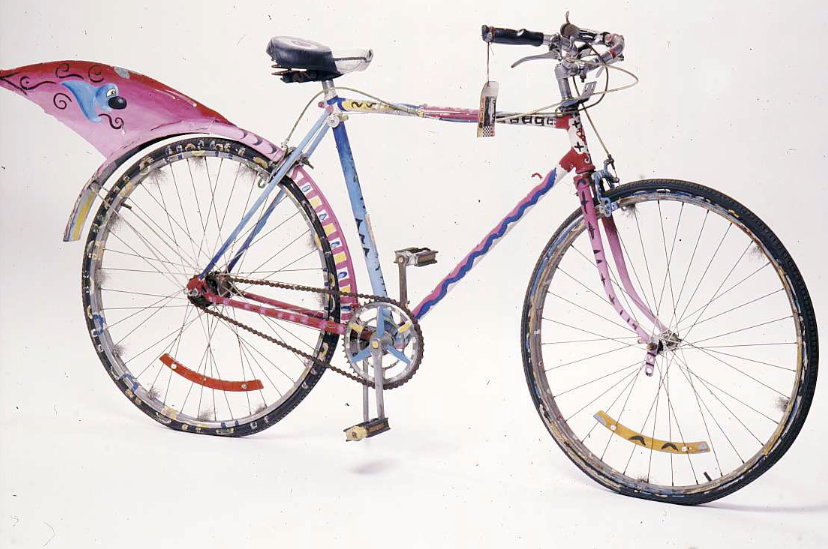
“So, this bicycle was originally a solid green, painted with an underwater shark or something, and I used to ride it around the city as a form of transportation. At that time I was going out with a wonderful girl, Debi Mazar. We had a little romance many years ago, way, way back. Debi used to always ride in this bike, and she kind of stole it, so when we had our breakup, I was such a baby, and I snatched it back from her, then completely painted over it!”



